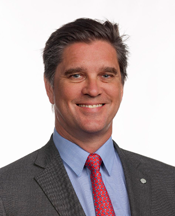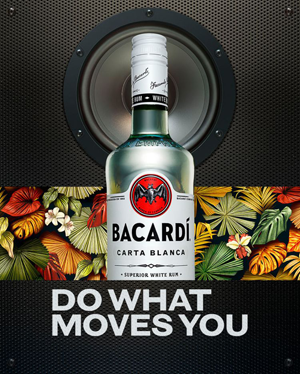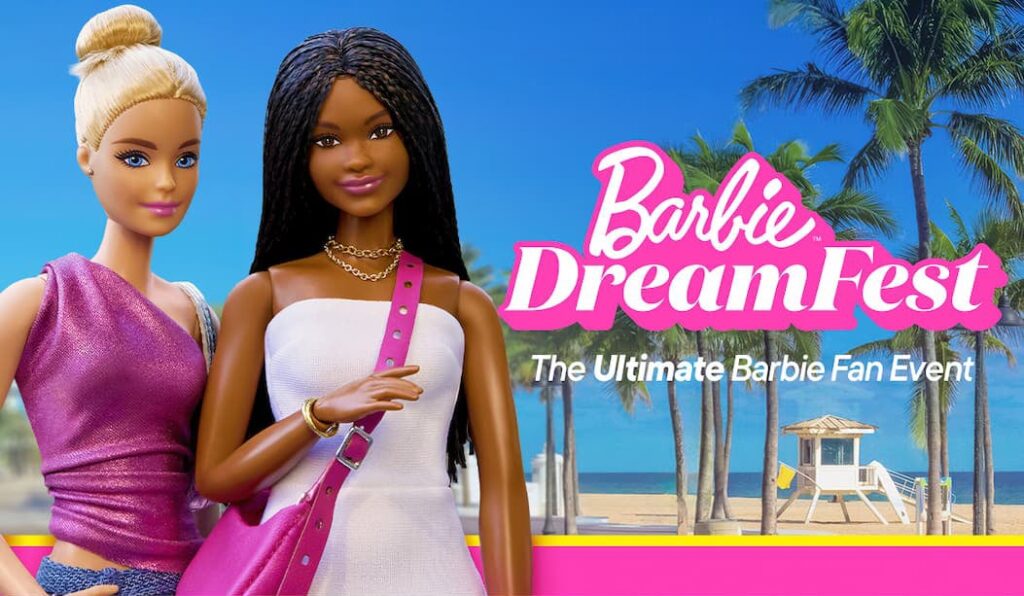Bacardi markets in the fast lane of spirits brands. It has a diverse distribution network that varies country to country, making its data stream to a consumer’s final purchase complex. But that’s improving with help from solid measurement tactics and the power of its people.
For the past few years, Bacardi has been tracking regularly and has developed consistent measurement frameworks that look at effectiveness and efficiency, which helps set realistic benchmarks that can be more predictive of growth.

“Measuring campaigns is getting easier and we can measure more than ever before, but it can sometimes be overwhelming,” says Bacardi CMO John Burke. “That’s why we’ve invested in building a robust Consumer Insights and Marketing Performance team at Bacardi who work lock-step with our marketing teams and agency partners.”
Tools like Google Analytics, social listening and proprietary marketing effectiveness algorithms have allowed tremendous progress to be made in improving the capability to predict results from marketing, and perhaps more importantly, predict the impact of marketing activities on sales. The brand has also doubled down over the past three years on creating its own consumer database and connecting that with the business database.
“We are improving our marketing performance capabilities and can track 100 percent of our advertising spend effectiveness,” Burke says. “We also have a growing understanding of its impact on sales and brand health. But remember, it’s as much about understanding the quality of investment and its effectiveness, as it is the efficiency.”
The Power of People
Bacardi has undergone another revolution in the past year on its approach to measurement. Teams are tasked with adopting a founder’s mentality and running the business as if it was their own. Teams are trained in a consistent approach to measurement to have one powerful common language to unite around.
“We celebrate equally people who deliver strong proven results and people who identify the things to stop doing in order to free up investment for the things that are delivering better results,” Burke says. “You can’t underestimate the power of your people.”

The Bacardi Rum brand is one example of a brand that is comfortable flexing its test-and-learn muscle with new channels. Over the last few years a number of innovative digital campaigns have debuted with Spotify, Instagram and Snapchat. In the U.S., Bacardi Rum’s “Do What Moves You” was its largest ever integrated campaign with ATL, digital innovation, partnerships with the likes of Spotify, artist collaborations, PR and experiential activations, allowing the brand to connect with consumers both online and offline. It uses marketing mix modeling—a proprietary algorithm that combines all of its marketing activity, pricing and competitive activity results with its business results to understand what’s working and what’s not.
“Because we’ve been consistent year on year, in Bacardi’s case, we were able to use the previous year’s data to help improve the quality of our creative, media placements and innovation in digital to ensure we generate more noise at every touch point to drive increased brand desire and ultimately, purchase,” Burke says.
The campaign realized 20 percent greater effectiveness in 2018 versus the previous summer’s activities.
In general, Bacardi focuses its efforts on two seasonal campaigns per brand, per year. More and more however, it is working toward being reactive to culture. Most people don’t realize that the average person purchases only 1.2 bottles of spirits per year, so it’s important for the brand to be on and engaged during key moments in its consumers’ lives.
“We can plan ahead and measure the hell out of the seasonal work we do to deliver awareness and consideration, but we also rally around proactive or reactive ideas that can help us better embed our brands into the cultural conversation,” Burke says. “And while data processing speeds are improving, they’re not as fast as we like and this affects our ability to respond. We are not yet at a real-time view of the business like most digitally native businesses. If we could only know when a cocktail is made with one of our brands!”
You May Also Enjoy:
Grey Goose CMO on Bringing Back the Brand’s Swagger
InBev’s Nick Kelly Talks March Madness and Big Campaigns
Barefoot and Mindy Kaling Deliver Laughs to Sell Wine-to-Go



